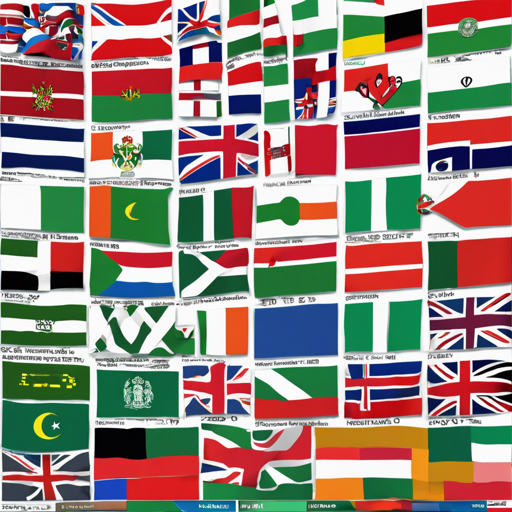Welcome to the world of machine translation where technology bridges the gap between languages! In this article, we’ll explore how to use the m2m100_418M model, a robust machine translation tool specifically designed to translate texts from the Yorùbá language to English. Let’s dive in and unlock the potential of this model!
Understanding the m2m100_418M Model
The m2m100_418M-yor-eng-mt model is a finely-tuned version of the facebookm2m100_418M, built to provide excellent translations between Yorùbá and English. Here’s an analogy to clarify:
Imagine you have a very talented bilingual friend who specializes in translating books from Yorùbá to English. This friend might have read hundreds of Yorùbá novels (similar to our JW300 corpus), and they have also practiced with a unique collection of stories (akin to the Menyo-20k dataset). Now, this friend is ready to help you translate any text you need, but keep in mind they might miss cultural nuances that aren’t present in their reading material. This is analogous to how the m2m100_418M model operates: it excels but has limitations based on its training data.
Getting Started with the m2m100_418M Model
To utilize this model, you will need access to a platform where it’s hosted, typically on Hugging Face. Follow these steps to get started:
- Step 1: Visit the Hugging Face Model Hub.
- Step 2: Search for m2m100_418M-yor-eng-mt model.
- Step 3: Load the model in your Python environment using the Transformers library by Hugging Face.
from transformers import M2M100Tokenizer, M2M100ForConditionalGeneration
tokenizer = M2M100Tokenizer.from_pretrained("facebook/m2m100_418M")
model = M2M100ForConditionalGeneration.from_pretrained("facebook/m2m100_418M")Limitations and Considerations
It’s essential to be aware of the limitations of this model:
- The training dataset may not generalize well across all topics or domains.
- While the translations can be highly accurate, they may lack cultural context.
Troubleshooting Common Issues
While using the m2m100_418M model, you may encounter some common issues. Here are some troubleshooting ideas:
- Issue: Model does not perform as expected.
Solution: Ensure that the input text is clear and devoid of slang or idiomatic expressions that may not exist in the training data. - Issue: Installation errors.
Solution: Verify your Python environment and dependencies. Make sure your pip is updated. - Issue: Limited output quality in niche topics.
Solution: Consider adding more diverse training data to improve the model’s performance.
If you run into larger issues that you can’t resolve, consult the community or forums associated with Hugging Face, or feel free to reach out. For more insights, updates, or to collaborate on AI development projects, stay connected with fxis.ai.
Evaluation Results
The model has demonstrated a significant achievement with a BLEU score of 16.76 on the Menyo-20k test set. This score reflects the model’s ability to produce translations that are close to those made by human translators.
Conclusion
The m2m100_418M-yor-eng-mt model serves as a powerful tool for translating Yorùbá into English. While there are some limitations to be mindful of, the capabilities of this model can significantly facilitate communication and understanding between speakers of these languages. At fxis.ai, we believe that such advancements are crucial for the future of AI, as they enable more comprehensive and effective solutions. Our team is continually exploring new methodologies to push the envelope in artificial intelligence, ensuring that our clients benefit from the latest technological innovations.

